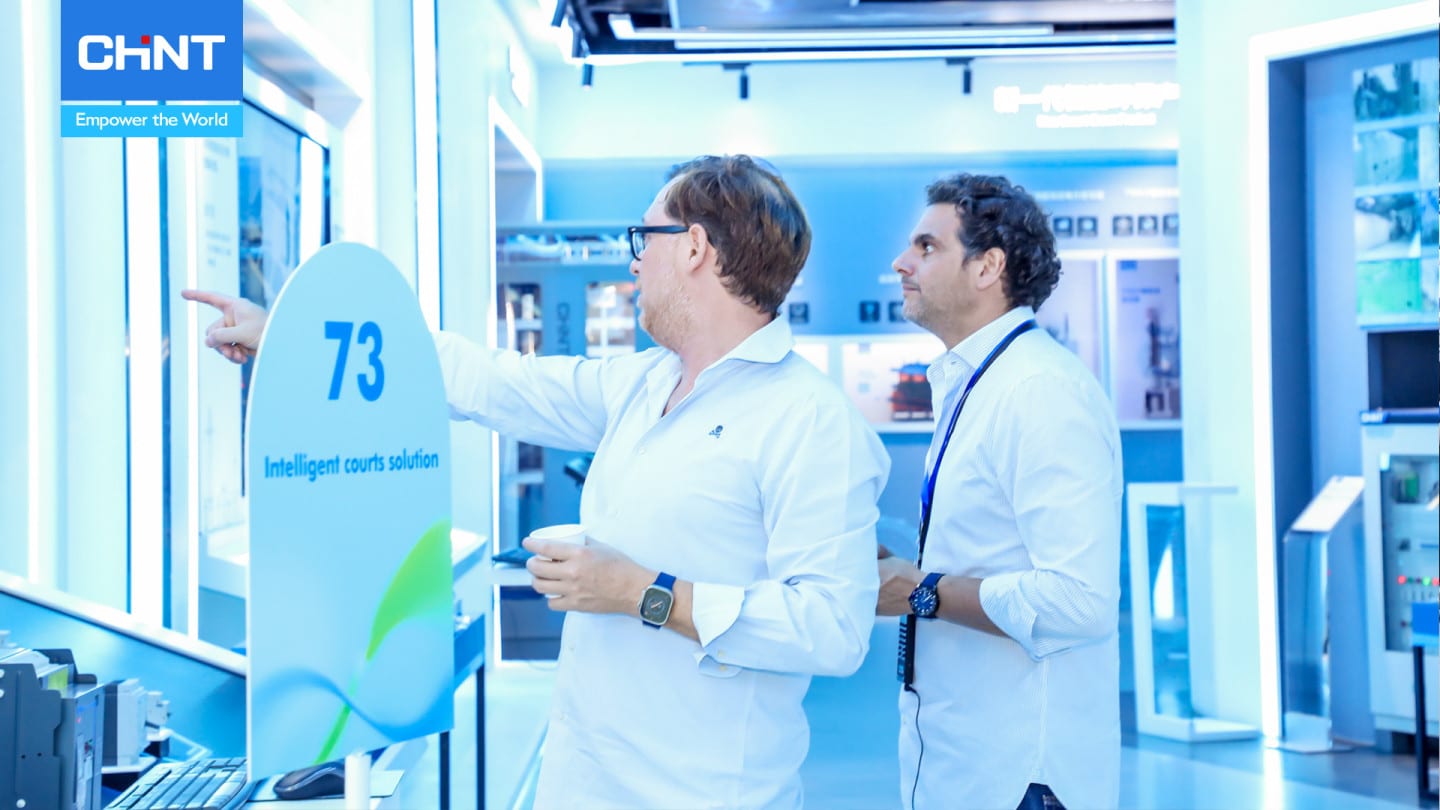Table of Contents |
When the electricity fed to your sensitive electronic devices experiences an increase in power, it could potentially damage them beyond repair. Fortunately, electrical devices known as surge protectors are specifically designed to help safeguard your electrical systems and appliances from these nasty voltage spikes. Not only do these provide peace of mind, but they help ensure you’re not losing money on your electrical investments.
How Do I Choose a Surge Protective Device?
A surge protection device is only as good as its application. When you decide that you’ll need one to protect your appliances and electrical systems, there are a few key factors that you’ll want to take into consideration to ensure you choose the proper one. These include the type of surge protection device (SPD), where it will be installed, and the specific certifications and standards that come along with it.
There are three main types of surge protectors, which include panel-mounted, point-of-use, and outlet protectors. Panel-mounted protectors are installed between the incoming power line and the main breaker box of a home or office space and reroute excess energy to the ground.
Point-of-use protectors are installed on the main service panel and protect both internal and external power surges. Lastly, the outlet protector is plugged directly into a singular receptacle and has a specific number of outlets that can be used to protect individual appliances and other electrical devices.
You may be interested in this blogpost
Surge Protection Devices: Pros and Cons
How Do I Know What Size Surge Protector I Need?
Determining the right size of a surge protector to purchase all starts with understanding joules. This term is simply a type of measurement used to describe how much energy is released over a period of time. The joule rating on surge protection devices indicates how much energy the device can absorb before it fails. The higher a device’s joule rating, the greater protection it will provide for the electrical devices attached to it.
The type of value of the equipment and devices that you’ll be protecting are going to be the main determining factors in choosing what size surge protector you need. When it comes to small, inexpensive electronics like lights and clocks, a 1,000-joule rating is typically plenty. When it comes to costlier office equipment like computers, printers, and routers, a 2,000 joule rating is probably best.
Surge protective devices with a joule rating above 2,000 are often reserved for high-valued items like computers with sensitive data and home theater systems. These surge protectors are going to be the most expensive and are worth investing in when protecting high-value assets.
What is the Best Wattage for a Surge Protector?
Choosing the best wattage for a surge protector is crucial to safeguard your electronic devices. The key is to look at the joule rating. This indicates the energy a surge protector can absorb.
For small devices, a rating of 500 to 1,000 joules may suffice. However, for more expensive or sensitive devices like computers, home theater equipment, or gaming consoles, aim for a surge protector rated over 2,000 joules.
Remember, the higher the joule rating, the better the protection. Regularly check and replace your surge protector to maintain effective protection, especially after power surges or if the indicator light goes out.
What Appliances Need Surge Protectors?
Some of the most common appliances and equipment that require a dedicated surge protective device include all of the following:
- Computers
- TVs
- Routers and Modems
- Smart Devices
- Medical Equipment
- Office Equipment
- AC Units
- Refrigerators
- Dishwashers
- Ranges
- Phones and Chargers
Make sure to choose the right size surge protection device appropriate for your appliances and machinery. Surge protectors absorb power spikes. Getting the wrong size device could otherwise damage your sensitive electrical appliances and machinery.
Installation and Maintenance of Surge Protectors
The first thing you need to consider when installing surge protectors is the location. Keep your electrical devices away from wet and overly humid locations. This prevents moisture from compromising the surge protector’s effectiveness. It also reduces the risk of electrical hazards. Make sure your surge protector is easily accessible. This makes regular checking and maintenance easy.
Only install the recommended number of devices on any single surge protective device. Never overload your devices. This could result in inadequate performance or complete failure.
Surge protectors are specifically designed for super easy operation and maintenance. It’s vital to have the indicator light on your surge protective device out in the open so that you can easily recognize if it’s no longer working or flashing. Apart from monitoring its operating light to ensure that it stays solid, you should also regularly assess the physical condition of the device.
Touching the surge protector to sense if there is any excess heat can help you control overheating it. This is particularly helpful when you add electrical appliances or equipment to an existing surge protector. Also, pay attention to any excessive wear or other defects that could indicate a problem with the device’s operation.
Conclusion
Surge protection devices are ideal for not only ensuring the overall safety of your electronic devices but also for ensuring operational efficiency. Chint Global currently has a large lineup of quality surge protection devices and numerous other electrical supplies to choose from.
Be sure to check out their product offerings today to guarantee that you’re adequately protecting your sensitive equipment and appliances.













